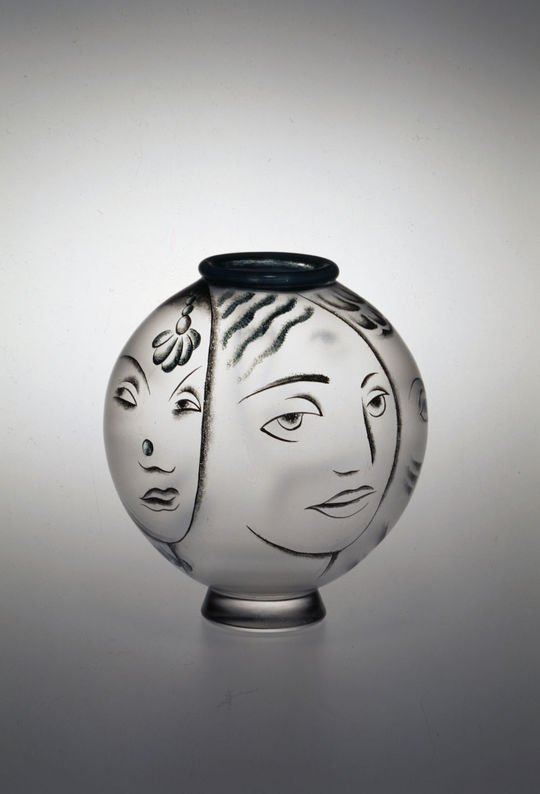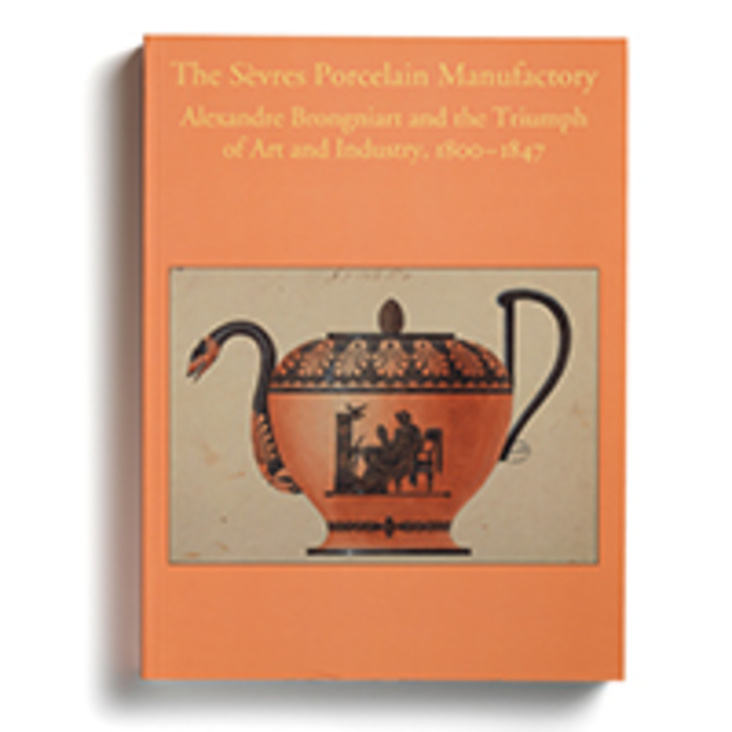The Brilliance of Swedish Glass, 1918-1939: An Alliance of Art and Industry explored the union between Swedish glassmakers and the nation’s most prominent artists and illustrated some of Sweden’s major contributions to 20th-century design.
At the beginning of the 20th century, Sweden and its glass industry lacked industrial growth and international presence in applied arts. The first stirrings of change came after the 1914 Baltic Exhibition in Malmo. By the late 1920s glass had become the barometer of Swedish modernist design, helping to define the wide parameters of the Swedish response to modernism. In the 1930s, well-made functional objects, without the ornament that had made its glass so popular in the 1920s, expanded the base of Swedish modernism. After the nation’s glass industry diminished during the Second World War, Swedish design regained its position of international prominence in the postwar period. By the end of the 20th century, Swedish glass continued to represent a remarkable alliance of art and industry.
The exhibition examined the artistic and technical complexities of glass as a medium as well as the broader implications of the industry’s development in Sweden in the 20th century. Among the object highlights were works produced for Orrefors Glassworks by glassmakers Edward Hald, Simon Gate, and Vicke Lindstrand and for the Kosta Glasshouse by Elis Bergh and Sven Erik Skawonius.
On view at Bard Graduate Center from November 21, 1996–March 2, 1997, The Brilliance of Swedish Glass was curated by Nina Stritzler-Levine, Derek E. Ostergard, and Gunnel Holmer.





























